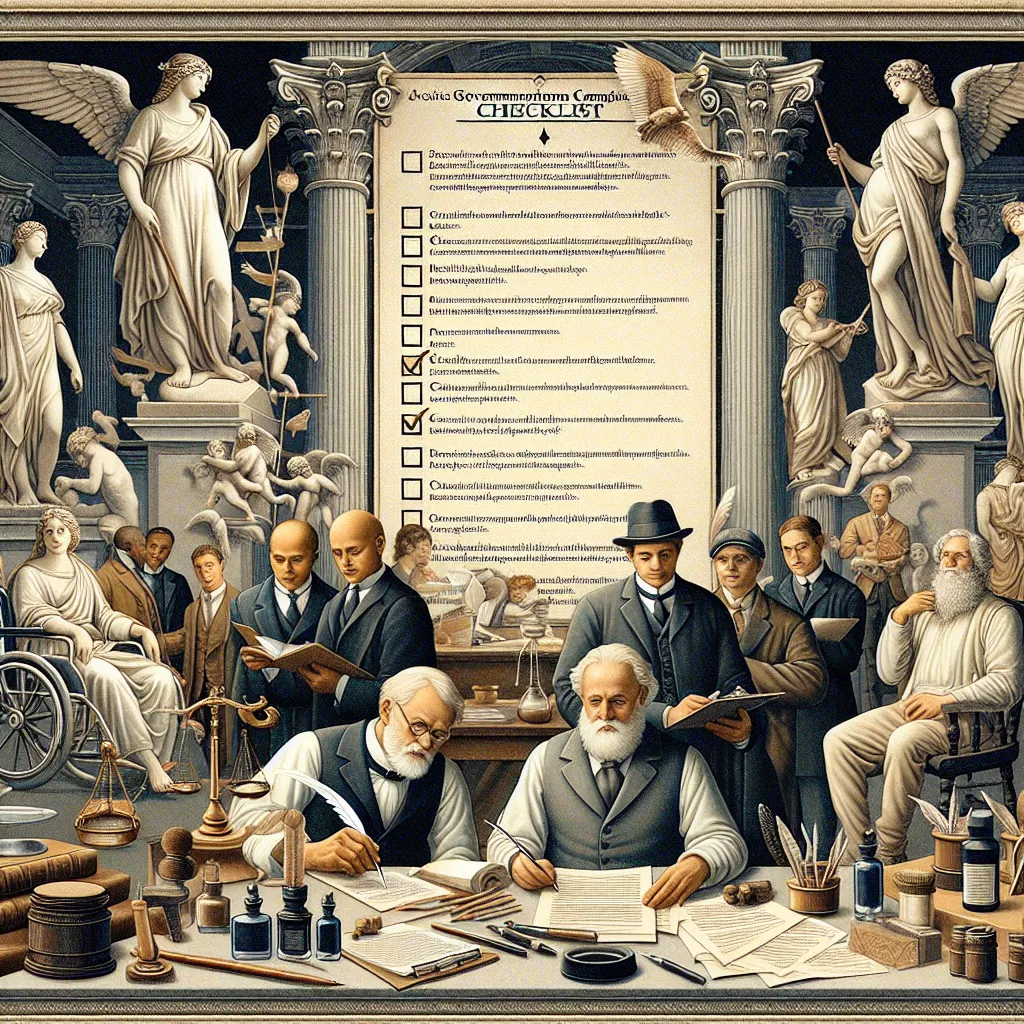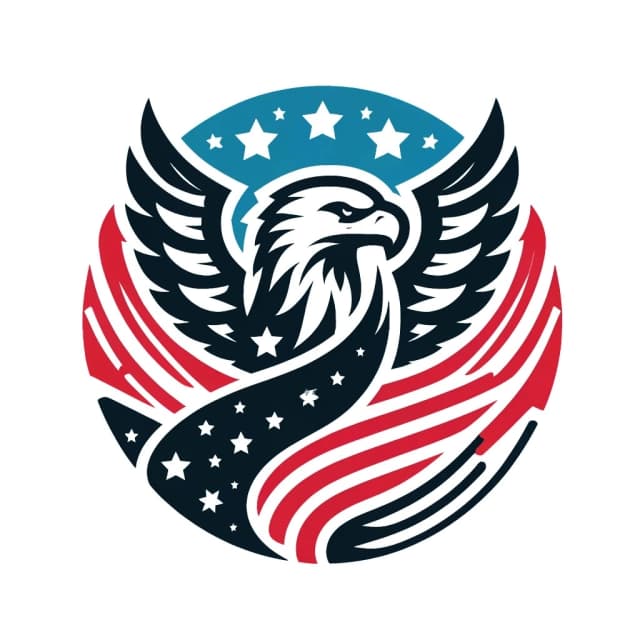
- Published on
- Authors

- Name
- GovCon
Developing a Government Contracting Compliance Checklist
Government contracting can be a goldmine for businesses. Landing a government contract can ensure steady revenue streams and long-term partnerships. However, it comes with its own maze of regulations and compliance requirements. Having a comprehensive compliance checklist can be your navigational compass. Let's dive into the essentials to build one that's foolproof, scalable, and tailored for success.
Why Compliance Matters
Before jumping into the checklist, let's talk about why compliance matters. Non-compliance can result in severe penalties, including but not limited to:
- Financial penalities
- Disqualification from future contracts
- Legal actions
Understanding and adhering to compliance standards not only keeps you in good standing but also ensures your business remains competitive.
Start With Preliminary Research
First things first, you need to understand the landscape. Start by answering these questions:
- Which agencies are you contracting with? Each government agency may have specific regulations and requirements.
- Are there industry-specific regulations? Examples include cybersecurity standards for IT contracts, or environmental regulations for construction projects.
- What are the compliance frameworks? Common frameworks include Federal Acquisition Regulation (FAR), Defense Federal Acquisition Regulation Supplement (DFARS), and others.
Develop Core Checklist Components
1. Documentation
Ensure all necessary documentation is prepared, verified, and up-to-date:
- Legal Documents: Tax identification, business licenses, insurance certificates.
- Financial Statements: Balance sheets, profit and loss statements, cash flow statements.
- Previous Performance Records: Document past performances and references for credibility.
2. Regulatory Compliance
Understand and incorporate all relevant regulatory frameworks:
- Federal Acquisition Regulation (FAR): The granddaddy of them all, FAR is the primary set of rules in federal government contracting.
- Defense Federal Acquisition Regulation Supplement (DFARS): Adds specific compliance requirements for defense-related contracts.
- Special Agency Supplements: Identify if the contracting agency has additional supplements beyond FAR and DFARS.
3. Internal Controls
Develop internal systems for fail-safes:
- Compliance Management Systems: Integrate software tools that can track compliance status and flag issues.
- Audit Trail: Maintain an audit trail for all compliance activities. This will be vital during an audit.
- Training: Conduct regular training sessions for employees on compliance requirements.
4. Reporting and Monitoring
Regular reporting and continual monitoring are key:
- Periodic Reviews: Implement scheduled reviews to ensure ongoing compliance.
- Update Mechanisms: Set up mechanisms to promptly incorporate statutory and regulatory changes.
- Issue Management: Develop a process for identifying, reporting, and resolving compliance issues swiftly.
5. Contract-Specific Requirements
Every contract may have some unique stipulations:
- Scope of Work: Understand every detail in the scope of work section to meet contract specifications.
- Performance Milestones: Track and report on contract performance milestones.
- Payment Terms: Abide by the specified payment schedules and conditions to avoid disputes.
Automate for Efficiency
While a manually curated checklist is a great start, automating your compliance processes can significantly increase efficiency and accuracy:
- Use Compliance Software: Tools like GovWin or Deltek can simplify tracking and managing compliance.
- AI and Machine Learning: Leveraging AI for predictive analytics can help anticipate compliance needs and potential issues.
- Documentation Management Systems: Tools for storing, tracking, and retrieving compliance-related documentation; ensuring everything is at your fingertips when needed.
Final Thoughts
Embarking on government contracting is like navigating a labyrinth, but with the right compliance checklist, you're equipped with a detailed map. It acts as a safeguard ensuring that you adhere to all legal stipulations, thereby allowing you to focus more on delivering high-quality work and winning more contracts. Remember, the aim is not just to comply, but to excel, establishing your business as a reliable and compliant partner in the eyes of government agencies.
By following this guide, you can create a living, dynamic compliance checklist that evolves as regulations change, ensuring your business remains at the forefront of government contracting opportunities.
Fair Winds and Following Seas on your compliance journey! 🌟
